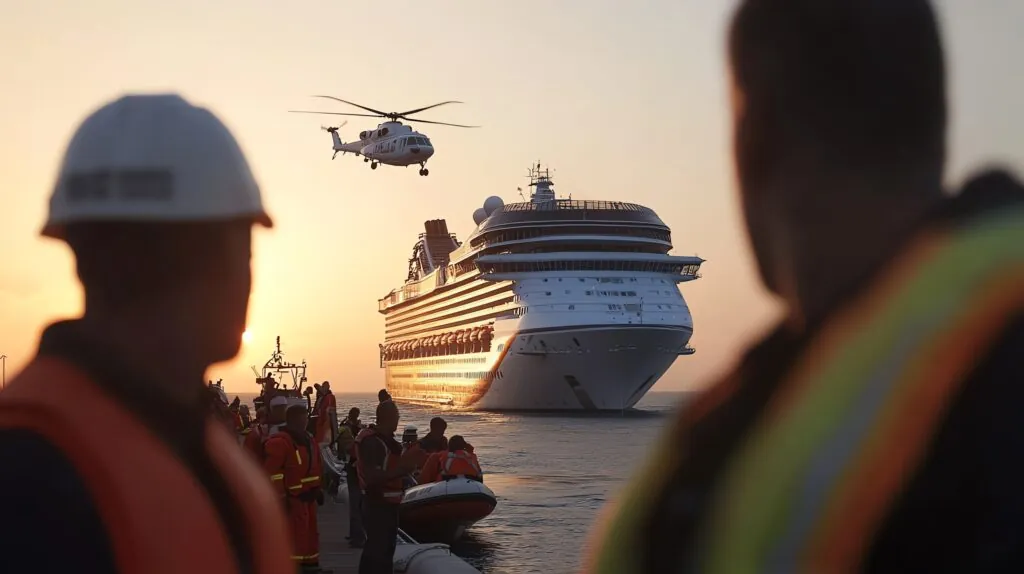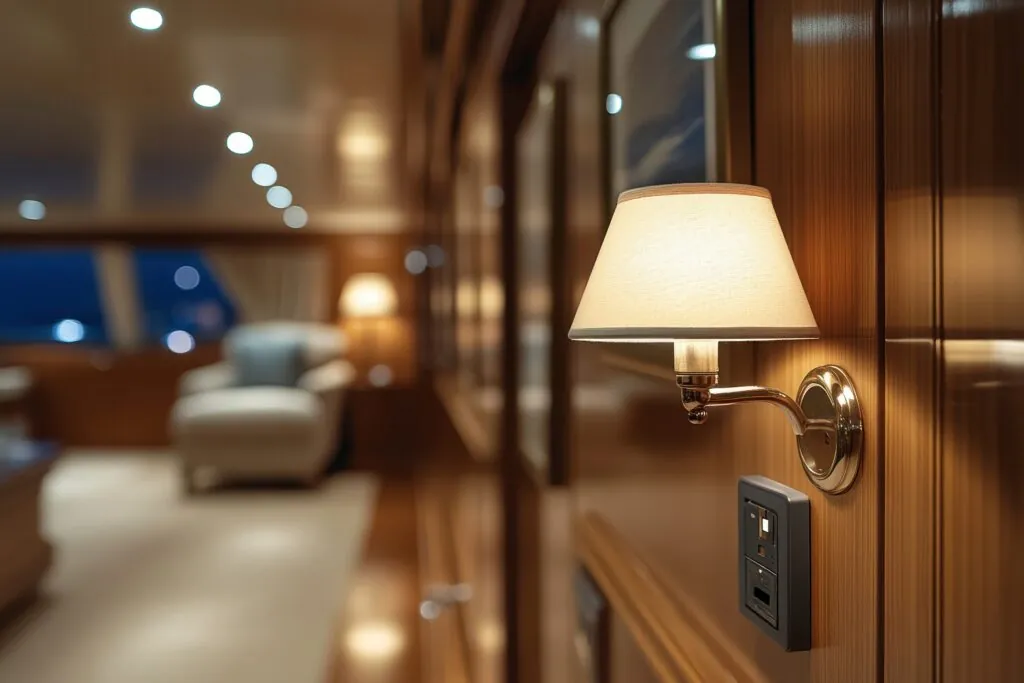Another Deadly Outbreak—Could It Happen on a Cruise Ship?
Understanding the Risks of Legionnaires’ Disease at Sea
A growing cluster of Legionnaires’ disease in New York City has now sickened at least 58 people in Central Harlem and claimed two lives, according to an August 4 update from the NYC Department of Health. Health officials believe the source is a contaminated cooling tower—a known breeding ground for Legionella bacteria.
This outbreak is tragic and frightening—but it’s also a powerful reminder that Legionnaires’ disease doesn’t need to be exotic or rare to be deadly. It thrives in the very places we think are designed for our comfort and enjoyment: spas, fountains, showers, and even drinking water systems.
Which brings us to cruise ships.
What is Legionnaires’ Disease?
Legionnaires’ disease is a serious type of pneumonia caused by inhaling water droplets contaminated with Legionella bacteria. These bacteria naturally occur in freshwater, but when allowed to grow in warm, stagnant, or poorly maintained water systems, they can become a dangerous public health threat.
On land, that might be a cooling tower.
At sea? The risks multiply.
Why are Cruise Ships Vulnerable?
Cruise ships, by design, are like floating hotels—with complex, closed-loop systems for water, air, and everything in between. That makes them particularly susceptible to Legionella outbreaks, especially when maintenance protocols slip or corners are cut.
Here’s why:
- Warm climates on and around ships create ideal conditions for bacteria growth
- Complex plumbing systems mean water can sit stagnant in pipes, storage tanks, or hot tubs
- Shared HVAC and water systems spread contaminated droplets to dozens—or hundreds—of people at once
- Passengers and crew live in close quarters, increasing the risk of widespread exposure
In short: a single contaminated hot tub can put an entire cruise at risk.
Common Cruise Ship Sources of Legionella
- Hot tubs and spas
- Showers in passenger cabins or public areas
- Decorative fountains or misting systems
- Ice machines and water dispensers
- HVAC cooling towers
What Happens When a Cruise Passenger Gets Sick?
Legionnaires’ disease doesn’t always show symptoms right away. It typically develops 2–10 days after exposure, with early signs like cough, fever, shortness of breath, and muscle aches. In a cruise environment, that can mean a passenger boards healthy and disembarks critically ill—or worse.
Worse still: some cruise lines delay or deny medical responsibility, especially if symptoms appear after disembarkation. But under maritime law, cruise lines have a legal duty to maintain safe and sanitary conditions—and that includes water systems.
What Can You Do If You Were Exposed?
If you or a loved one developed a serious respiratory illness after a cruise, don’t assume it was “just the flu.” Legionnaires’ disease is often misdiagnosed. And when it is linked back to contaminated water on board, you may have grounds for a legal claim.
Our team at The Cruise Injury Law Firm has experience investigating and litigating Legionnaires’ disease cases at sea. We work with medical experts and environmental health professionals to get answers—and accountability.
Have questions about a recent cruise illness?
We’re here to help. Contact us today for a free case evaluation.





